World market potential
Tilapia is the common name for a group of common freshwater fish species that can survive in both brackish and salt water. Belonging to the Cichlidae family, the fish originates from Africa and the Middle East and has been farmed since 1924.
From the 1940s to 1950s, tilapia was widely raised in tropical and subtropical countries, including Vietnam. In recent years, tilapia farming has developed strongly in an industrial direction, with large output and high economic efficiency.
Tilapia are easy to raise, have good adaptability to unfavorable environmental conditions, can eat omnivorous foods and utilize organic debris in the pond. They help improve water quality and reproduce strongly, each year female fish lay 6-11 litters with about 1,000-2,000 eggs per litter. Male fish will incubate the eggs in their mouths until they hatch, helping to protect the eggs better.
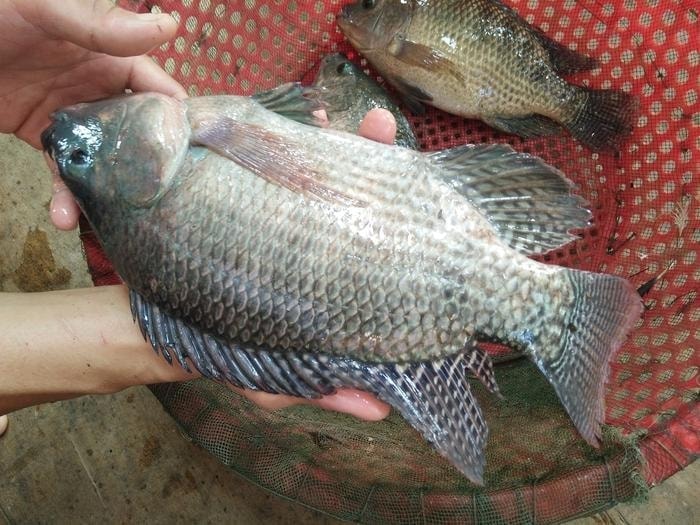
This fish species grows quickly, is rich in nutrients, is a major source of protein in many developing countries and is popular in developed countries. Tilapia meat has a sweet and fatty taste, is rich in minerals, low in fat, moderate in protein, is non-toxic, and has a nourishing effect on the body. In the past, fish were often raised in ponds or rice fields, but now they are intensively raised in ponds or cages to meet market demand.
Over the past 15 years, global tilapia consumption has increased by 5.4% per year. In 2024, tilapia production will reach about 7 million tons, up 5% from the previous year, with a commercial value of about 10.6 billion USD. By 2033, the tilapia market is forecast to reach 14.5 billion USD, showing increasing demand compared to other seafood products.
The United States is the largest tilapia import market, with more than 178,000 tons (US$802 million) in 2024. China is the largest producer and exporter, reaching 479,000 tons, equivalent to US$1.4 billion. This confirms the increasingly important role of tilapia in the world market.
Opportunity for Nghe An
The area for tilapia farming has increased sharply from 19,219 hectares (2012) to about 42,000 hectares (2024), with an output of 316,000 tons. Exports have reached more than 30.9 million USD. Some businesses have pioneered the development of tilapia farming for export, initially expanding the market.
In the direction of aquaculture development, Nghe An focuses on aquaculture and seafood processing instead of exploitation, with a potential area of more than 52,000 hectares (of which freshwater accounts for more than 46,000 hectares).
The province has more than 520 irrigation and hydroelectric reservoirs, with an area of over 9,300 hectares. In 2024, the province raised over 20,500 hectares of freshwater fish, about 2,200 fish cages in large rivers and lakes; freshwater fish output reached about 73,500 tons, fish seed production reached 518 million.
In Nghe An, tilapia farming has been implemented since the early 2000s, developing from the breeding stage to commercial farming in many forms: ponds, lakes, cages, intercropping with shrimp or rice fields, recently applying "river in pond" technology, using industrial feed. Previously, due to poor breeding, the products did not meet export standards. Recently, thanks to better breeding and more modern farming technology, fish quality has improved significantly. However, the intensive farming area of about 150 hectares mainly serves the domestic market, not well connected with processing and exporting enterprises.
To develop tilapia into a key export product, Nghe An needs to identify tilapia as a priority in the aquaculture development strategy to 2030, with a vision to 2045. The province needs to develop a plan for intensive, high-tech farming such as: "river in pond" technology farming, cage farming in reservoirs, and brackish water rotation farming. At the same time, review ineffective rice growing areas to convert to tilapia farming.
It is necessary to encourage enterprises to invest and commit to purchasing products, thereby forming a sustainable chain of links between farmers, processing and exporting enterprises. Focus on supporting techniques for raising ponds with tarpaulin lines, applying modern technology, and training people to master intensive farming techniques.
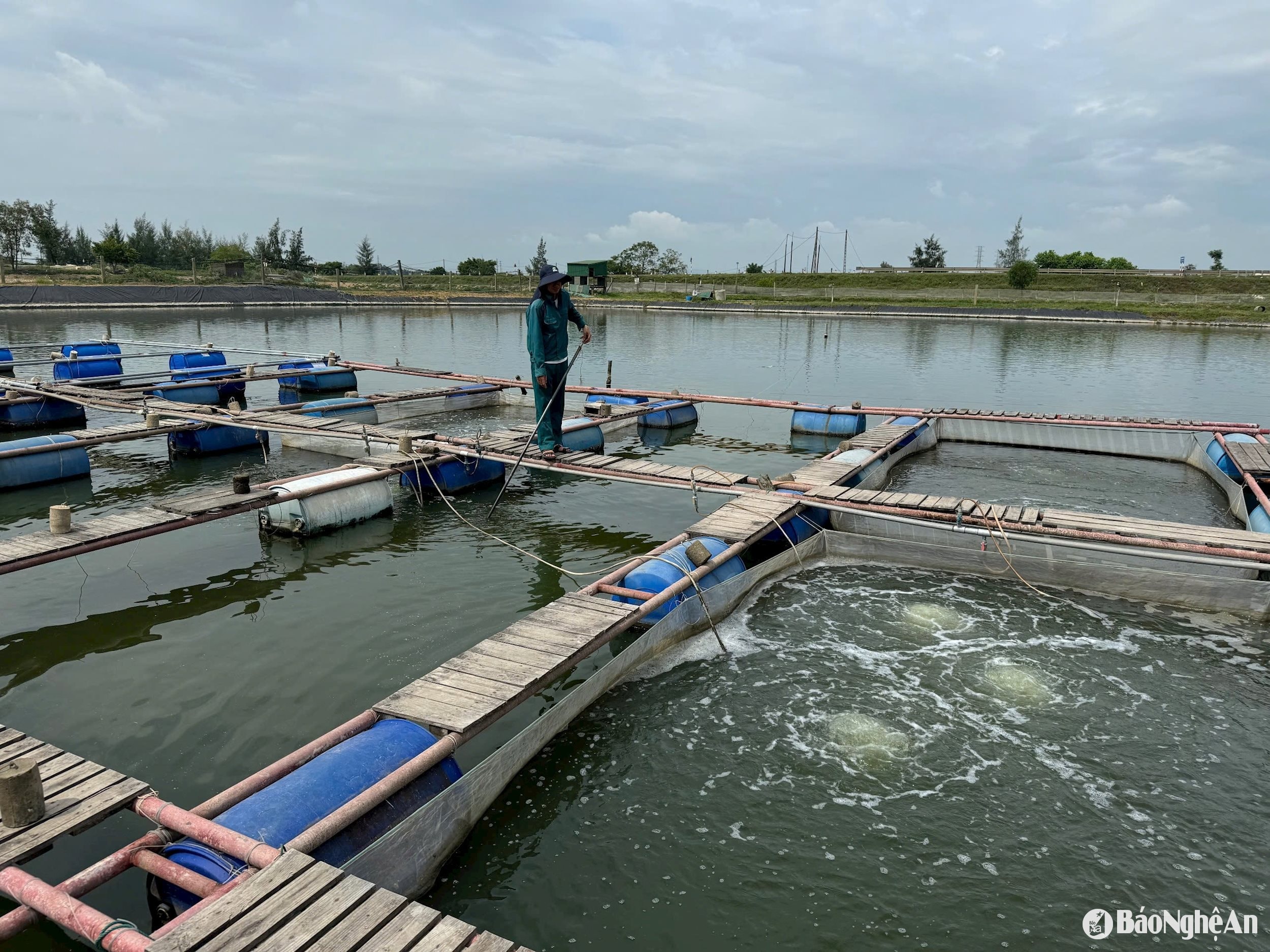
Propose that the Science and Technology Program implement applied research tasks to support businesses in receiving new technologies, for example: technology for producing monosex male tilapia seeds by crossbreeding technology from high-quality breeds to increase the quantity and quality of seeds, the task of applying IoT to control the environment of intensive farming ponds, etc. The Provincial Agricultural Extension Center implements training courses, builds pilot models and considers the program of developing tilapia farming for export as a long-term task of the industry to have a support program.
In terms of policy, there should be preferential mechanisms for capital, fish seed prices, infrastructure investment, support for production and processing enterprises and participation in the chain with farmers. In particular, support for processing enterprises to purchase commercial fish as the core to lead the market.
Nghe An has great potential for freshwater aquaculture, but currently mainly serving the domestic market, the industry is on a shrinking trend. For sustainable development, it is necessary to select key farming species for export, in which tilapia is the most feasible choice thanks to its advantages in biology, market and economic efficiency.
Source: https://baonghean.vn/nuoi-ca-ro-phi-xuat-khau-tiem-nang-va-loi-the-10296829.html


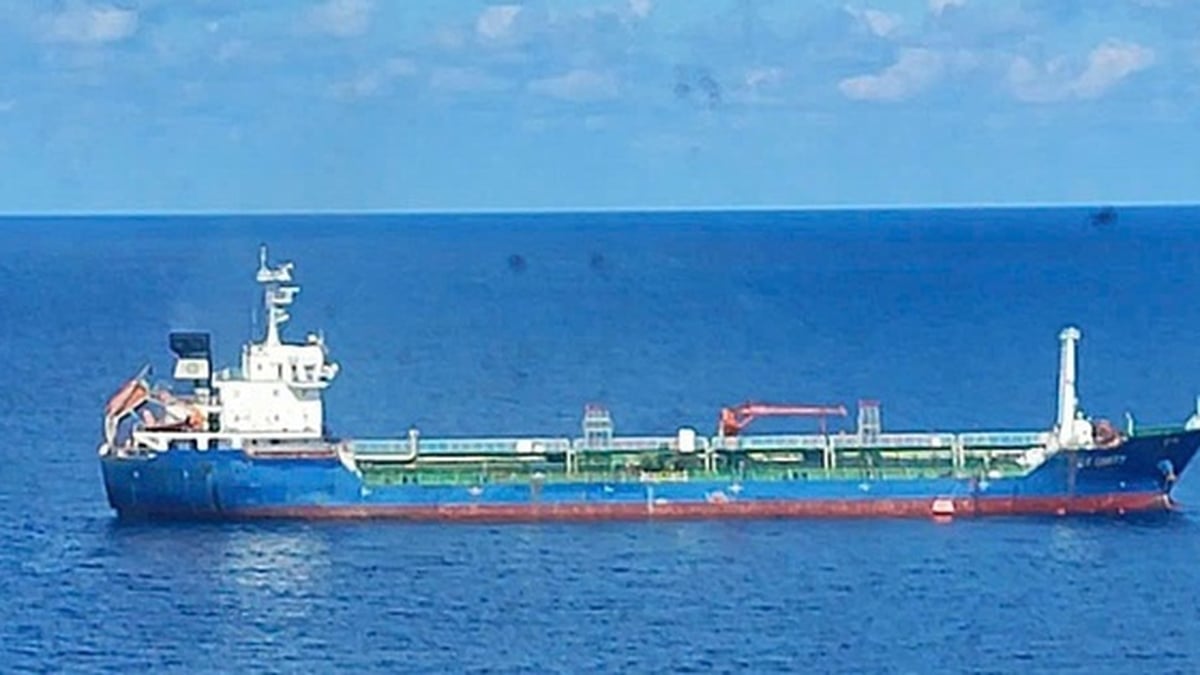




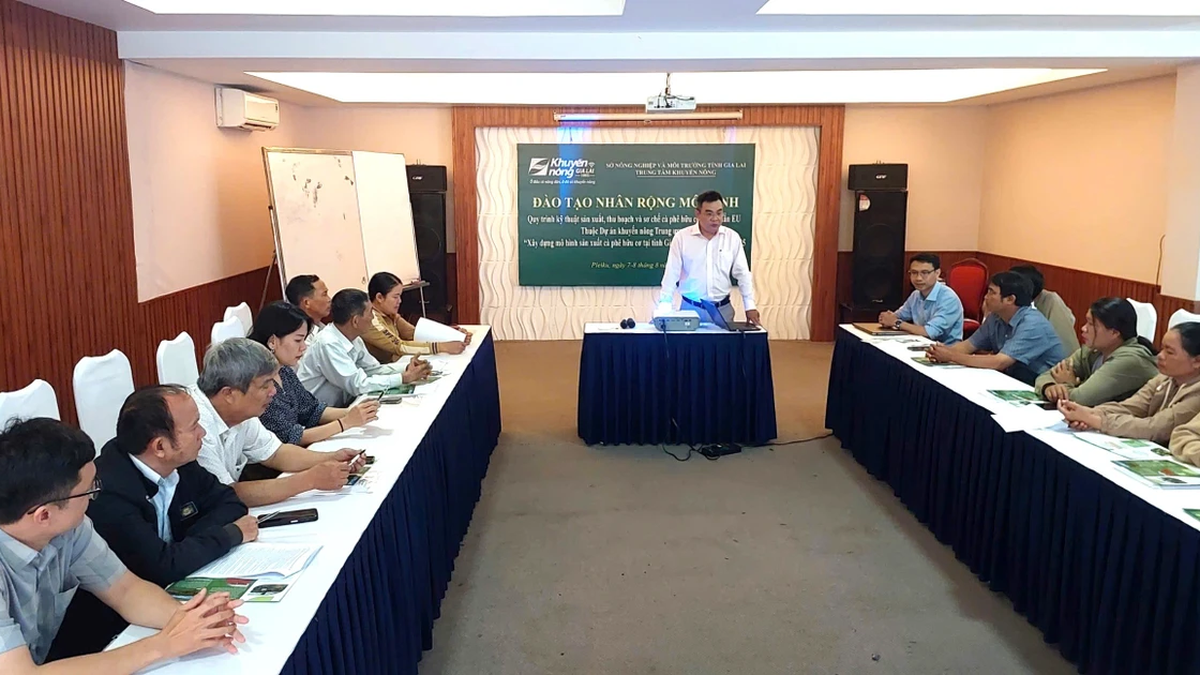


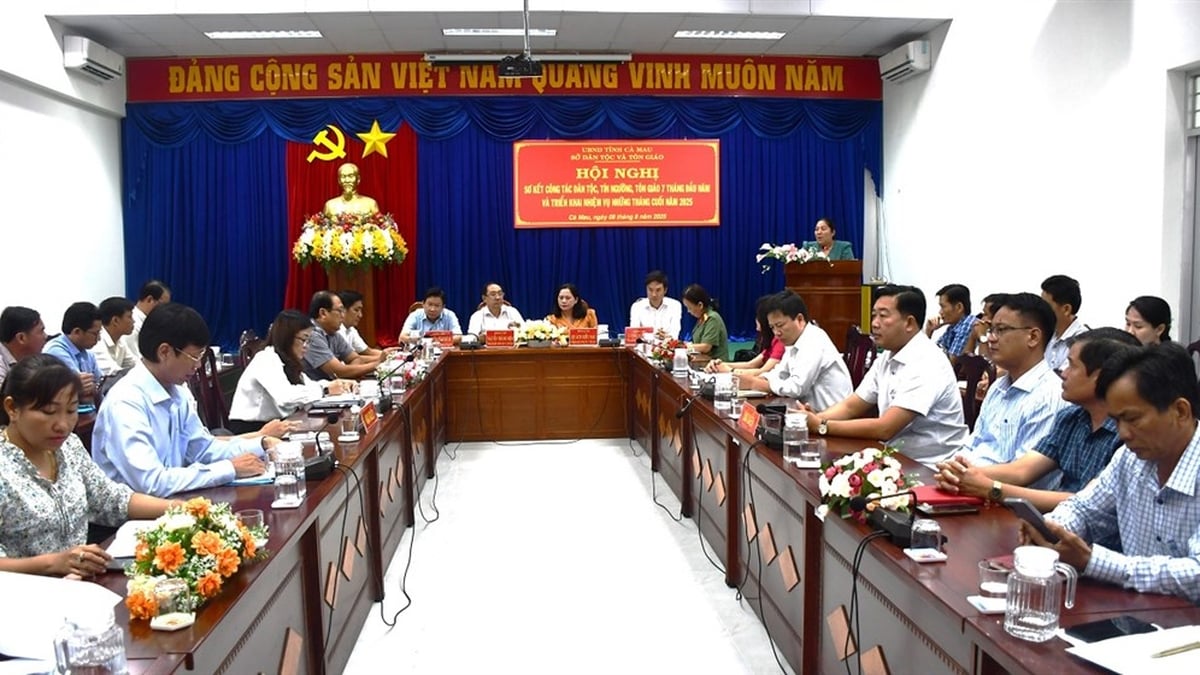


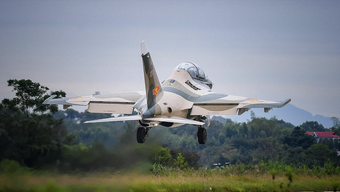













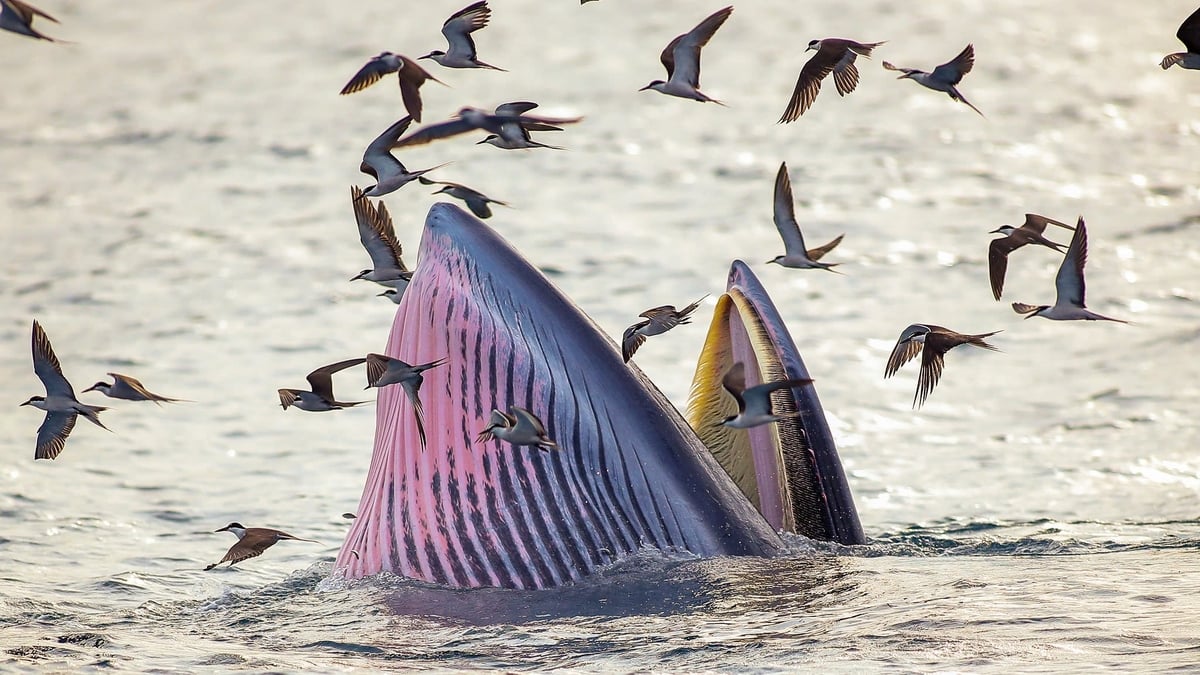
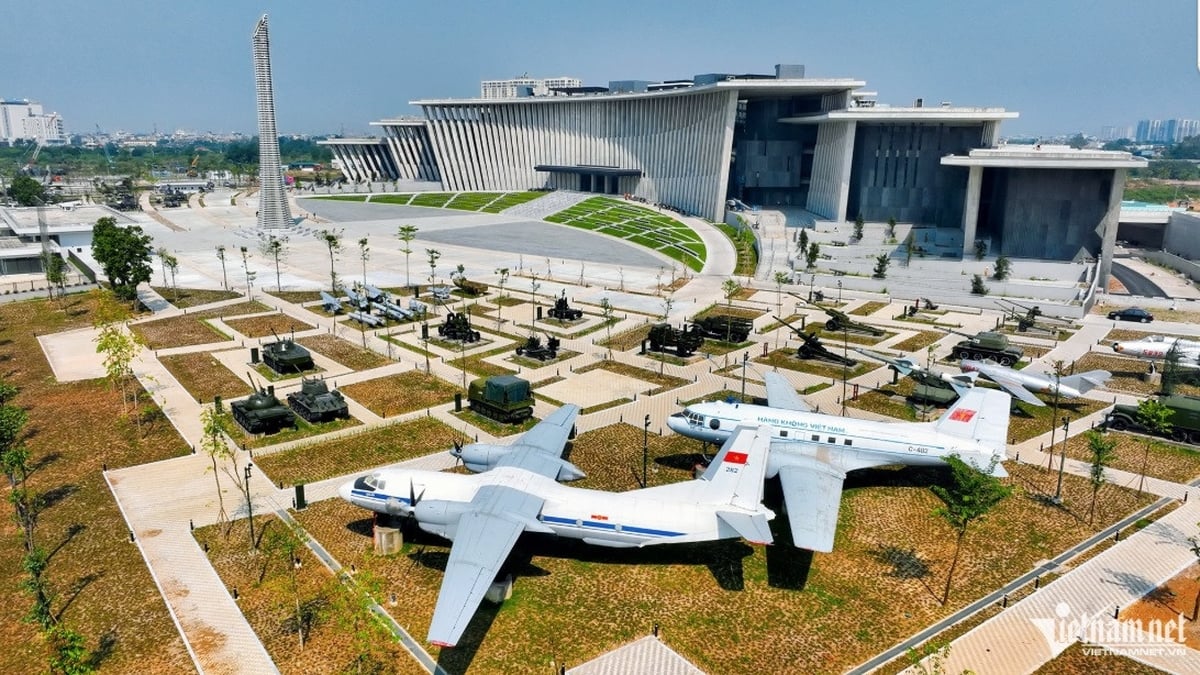



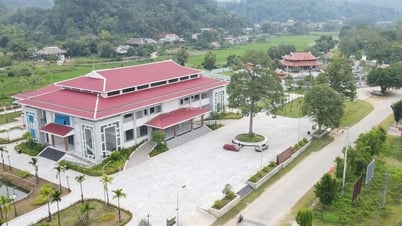









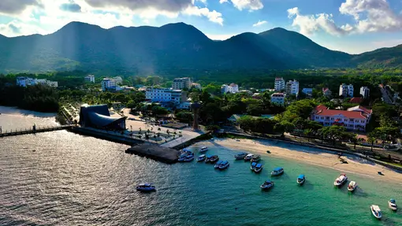

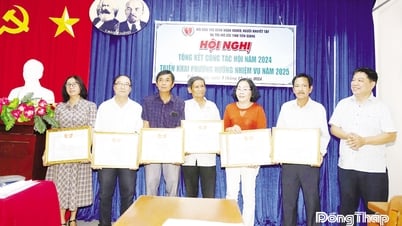



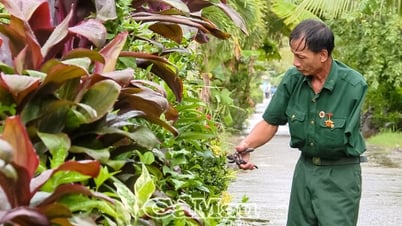











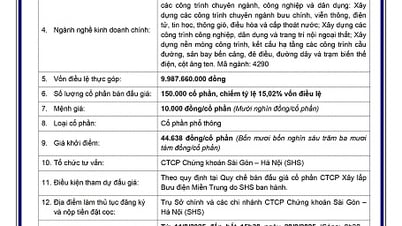
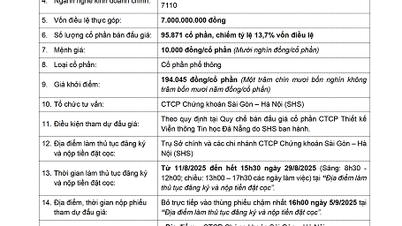
























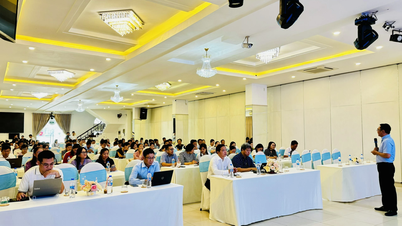



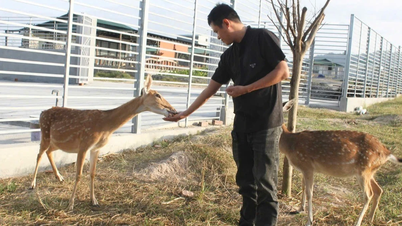

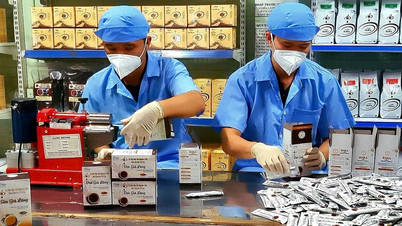


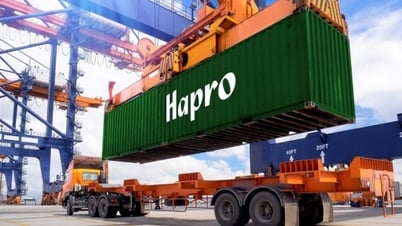





Comment (0)